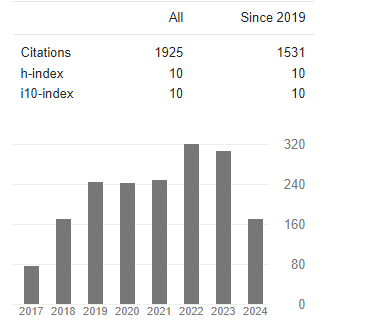On the Population Density Limit to Variable Renewable Energy Potential
Abstract
Gil Barnea and Nir Barnea
The power density of Variable Renewable Energy (VRE) sources, such as wind turbines or photovoltaic panels, is much lower than that of fossil fuels or nuclear power plants, to the extent that land availability seems to be the lim- iting factor for large scale VRE production. During the last decade, a substantial theoretical effort was dedicated to study the actual power density of VRE, and the available space in order to estimate the limits that land footprint sets on VRE production. On top of the technological, and geographical issues associated with such studies there are somewhat more complicated and less well defined sociological issues related to the willingness of population to live in near proximity to large scale VRE farms. To explore the overall issue of VRE penetration and limitations, the in- stalled VRE capacity data from different countries is examined. It is found that in Germany, with VRE power density of 0.27 W/m2 (2018 data), there is a strong negative correlation between the population density and VRE capacity, dominated by solar power production. We interpret this correlation as an indication that Germany has reached the point where land usage is becoming the limiting factor for installation of new VRE power plants. As Germany is a worldwide leader in VRE production per capita with more than 1 kW/person, we speculate that this sets a universal barrier of 2%-3% on the fractional land area available for VRE production. Crossing this barrier the expansion of the installed VRE capacity is expected to stall.




